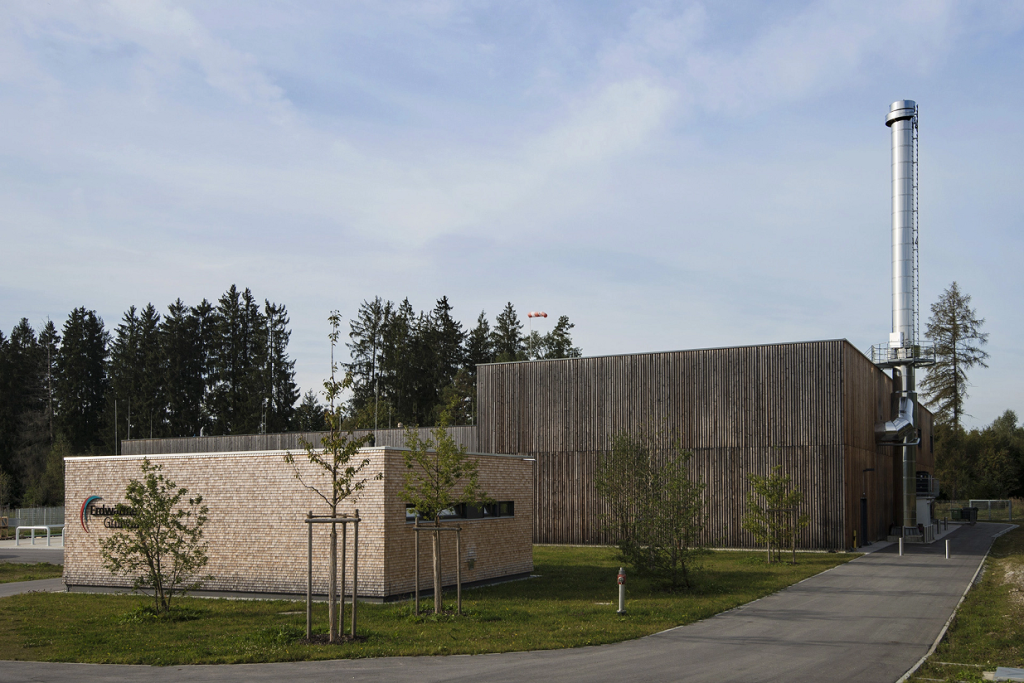
Decisions on UK hydrogen transmission and business models for hydrogen transportation and storage should be fast tracked, given long lead times associated with hydrogen storage, according to a new Climate Change Committee report.
Its Delivering a reliable decarbonised power system report believes a ‘reliable, resilient, decarbonised electricity system’ can be delivered by 2035 – providing the Government sets strategic direction for power and non-power uses of hydrogen and other low-carbon technologies.
By 2025, the indicators suggest the energy system must have underway the construction of at least 3-6GW of low-carbon dispatchable generation capacity, 4-7GW of low-carbon hydrogen production, 1-2TWh of hydrogen storage, and 39-64Mt of CO2 storage space.
“Delays in the delivery of hydrogen infrastructure could limit the role for hydrogen in the 2035 energy system, including its role to provide low-carbon back-up capacity,” it states.
“If hydrogen use in the electricity system is towards the high end of its potential range, the Government’s targets for hydrogen production capacity in 2030 look insufficient.”
Hydrogen infrastructure will be required regardless of decisions in 2026 on its potential use for heat in buildings and the Government should identify a set of ‘low-regret’ investments that can proceed now, the report states.
The report calls for funding mechanisms to be finalised and allocate funding to support the development of 10GW of low-carbon hydrogen production by 2030.
In an accompanying ‘Net Zero Power and Hydrogen: Capacity Requirements for Flexibility (AFRY)’ report, the success of hydrogen as a vector for decarbonising the power sector and wider economy is dependent on the timely development of infrastructure.
Hydrogen pipelines are crucial for transporting hydrogen from production sites to demand centres, typically spanning the North-South divide.
“Salt cavern hydrogen storage was found to be the most cost-effective solution for storing large amounts of energy,” it notes. “This aided in balancing supply and demand and provided energy reserves during prolonged periods of generation deficit in the power sector, from which they were ultimately dimensioned.”
Future uncertainty is driven by factors such as the cost competitiveness of different technologies, the availability of supply chains and infrastructure, and the evolution of residual demand, the report adds.
The latter, in particular, is subject to significant uncertainty and depends on factors such as the level of electricity demand, deployment of renewable energy sources, and the progression of the nuclear fleet.
If the development of hydrogen infrastructure lags, the power sector may have to rely more on CCS and grid storage to make up for the deficit, the report warns.
“The relationship between these sectors should also be considered when developing policy to avoid skewed or inefficient co-development,” it notes.
To maintain progress towards Government targets, the energy system must have at least 9GW of dispatchable low-carbon generation capacity, 10GW of grid storage, 76TWh/yr of low-carbon hydrogen production, 2TWh of hydrogen storage, and 60MtCO2 of cumulatively captured and stored emissions by the end of this decade.







